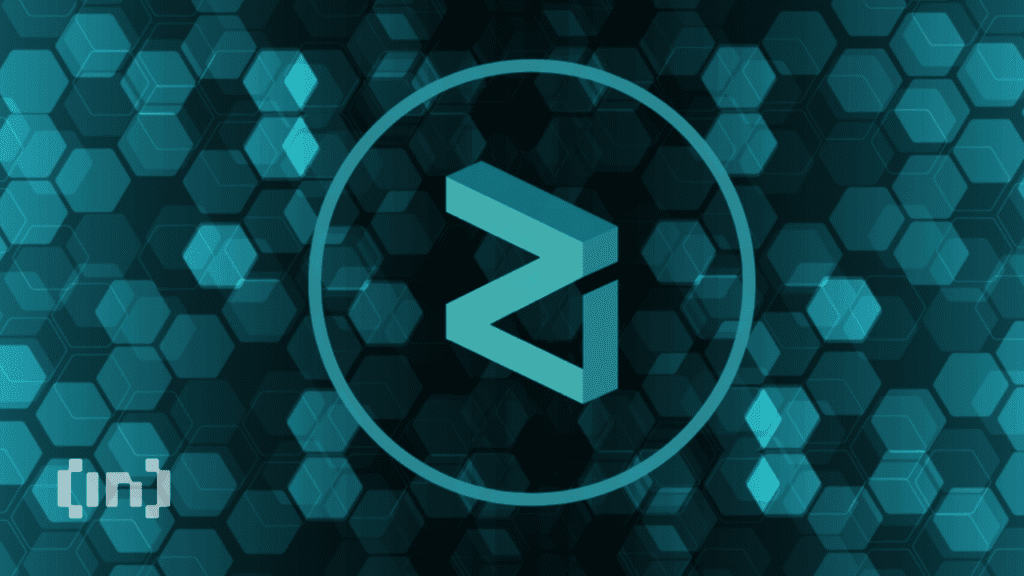Zilliqa has revealed a new Web3-focused gaming console and hub set to launch in 2023.
The console, slated for release in 2023, integrates complex Web3 elements like crypto wallets and mining, allowing gamers to earn ZIL coins for completing in-game quests, similar to how existing games reward users with virtual currency, except now the rewards involve blockchain technology.
Zilliqa is looking to make its foray into the gaming industry against major industry giants such as Playstation, Nintendo, and Xbox. Video game consoles generated roughly $107.5 billion in 2021. Statista expects the industry to grow to $130.8 billion by 2026.
The prototype console reveals an HDMI port, Ethernet, USB-C, and USB 3.0 ports. Zilliqa has remained tight-lipped about other specifications, although it did indicate that the console was designed to abstract away the complexities of Web3 to provide a more user-friendly experience.
Players could also mine ZIL coins, adding to the security of the Zilliqa blockchain.
At press time, Zilliqa was testing the console for a Q1 2023 launch.
In Aug. 2022, Zilliqa launched its first in-person shooter game, WEB3WAR, to be a skill-to-earn game rather than a play-to-earn game like Axie Infinity, which the company believes is a more economically sustainable model. WEB3WAR will be one of two initial titles that Zilliqa will release for the console.
Zilliqa is a layer one blockchain for smart contracts. Earlier this year, Zilliqa announced partnerships with various esports teams, the latest being Swiss company Xborg, to help propel its efforts in the Web3 gaming space. Xborg will allow its player base access to games built on Zilliqa for the players to provide feedback on their experience. Where possible, Xborg will seek to amp up Zilliqa games’ exposure to the broader gaming community.
Gamers vs. developers conundrum
Zilliqa’s approach is designed to attract avid gamers more than crypto enthusiasts that don’t mind a rudimentary gaming narrative and experience. Play-to-earn games have historically struggled with sustainable tokenomics, evidenced by Axie Infinity’s migration from play-to-earn to play-and-earn following inflationary concerns over one of its in-game tokens. Other games like Splinterlands have fared better, providing updates that incentivize token hodling by offering hodlers rewards. There is a constant tension between players looking to sell in-game tokens for fiat and game developers who don’t want them to.
Siloed ecosystems frustrate gamers
One of the gripes traditional gamers face is that they don’t own any in-game assets they acquire by completing missions and tasks, and game vendors sometimes go the extreme lengths to prevent players from exchanging assets. In some cases, players wanting to trade such assets must sell their accounts on the dark web.
Valve Steam Community Marketplace pioneered a different approach that allowed players of varying Valve titles to trade assets. Valve now has a peer-to-peer marketplace where gamers can trade assets using fiat money.
For Be[In]Crypto’s latest Bitcoin (BTC) analysis, click here.
Disclaimer
All the information contained on our website is published in good faith and for general information purposes only. Any action the reader takes upon the information found on our website is strictly at their own risk.


